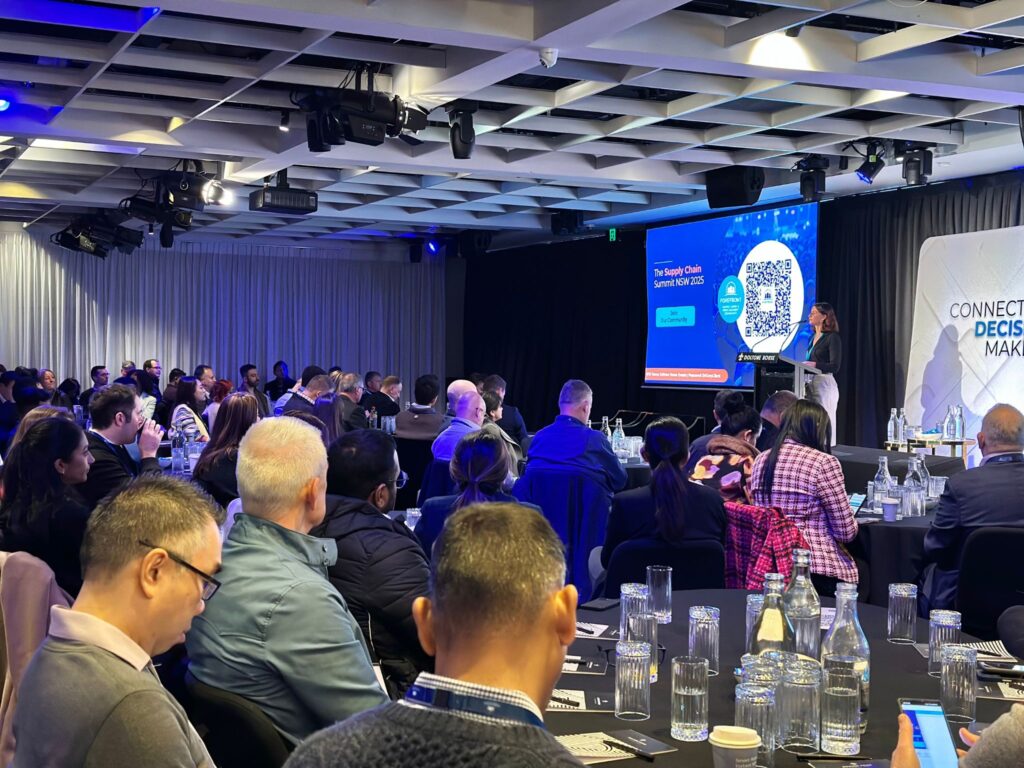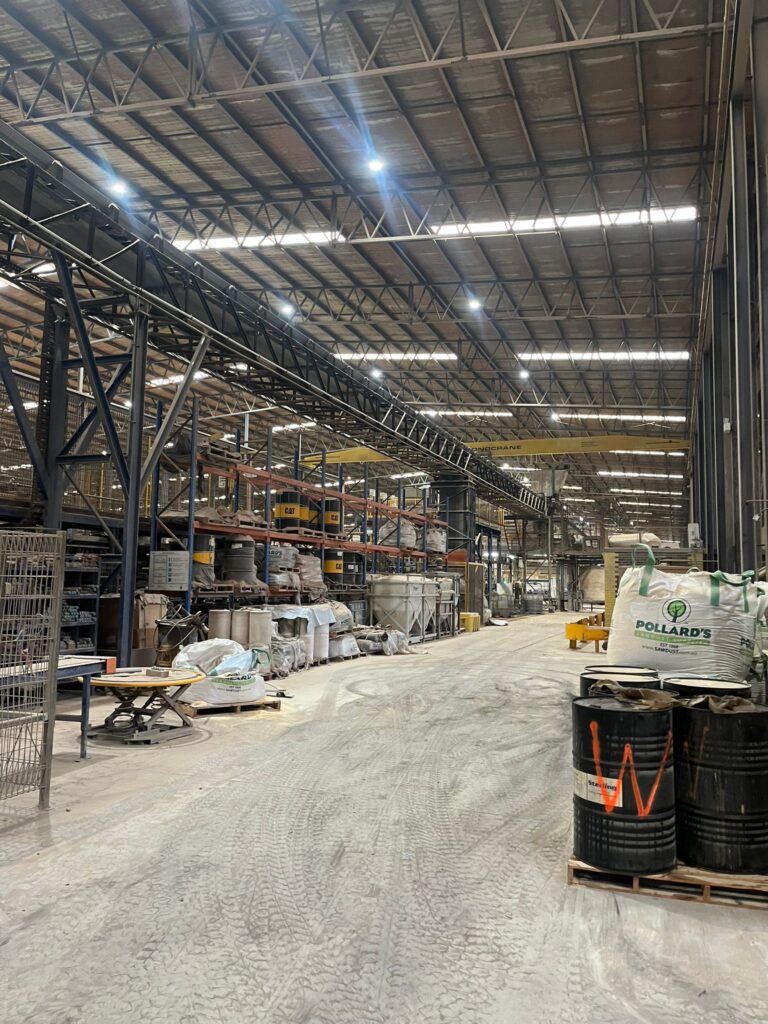The rapid expansion of Artificial Intelligence use-cases within operations
Generative AI, a technology mimicking human creativity, is making a significant impact in the business world. Using advanced algorithms, it enables machines to learn features of, understand, analyse and reproduce visual, auditory, and written content. This technology has attracted businesses due to its potential to enhance customer experiences, drive innovation, and gain a competitive advantage. With generative AI, companies can augment employees’ job satisfaction and productivity across a variety of processes.
One question becomes key to answer: “How to stay ahead of the game in AI adoption for my business?”
Our first-hand experience of engaging with multinational businesses tells us only a handful have truly and firmly begun major transformation efforts. If you don’t fall into this category, it is likely that you are embarking on this journey for the first time and find yourself with an overwhelming array of solutions to consider across your end-to-end operations.
One thing becomes apparent in all this: without a clear approach to select, analyse and effectively evaluate generative AI use cases, it is likely that you will risk transformation failure and lose focus. Proofs-of-concept present a great opportunity to redefine the entire operations in a controlled way and can set businesses up for success in the journey to total adoption.
How to make sense of priorities amongst all the chaos?
When contemplating an Artificial Intelligence transformation programme, choose the starting point carefully. Selecting a relatively limited scope to pilot will allow focus, whilst providing the opportunity to verify in a safe environment whether the outcome meets the expectations before a wider roll-out.
The key to success in all this is alignment as an organisation on some critical aspects. Before selecting the use cases that are suitable for a proof-of-concept, determine the AI strategy for the organisation and get a good understanding of future capability requirements in order to achieve the vision.
Having a stepped approach via a series of workshops can help guide you more effectively through this journey.
With our experience in helping businesses get a head-start in this space, below is our take on the three fundamental questions that will need answering to get the most value:
1. Visioning workshops: the ‘why?’
To help define the AI transformation vision and help narrow down on the use case pilots, consider running visioning workshops with a cross-functional team of senior stakeholders to answer the fundamental question “Why AI adoption is a priority for the company and therefore what is the mission statement to achieve?”
This is a critical step to be able to communicate your AI journey to your teams. According to a Forbes survey, 77% of employees are worried that AI is going to put jobs at risk; creating a vision statement that clearly articulates that AI will be augmenting current capabilities establishes some of these crucial communications.
At the end of visioning workshops, there should be clarity on what benefits and outcomes you believe the transformation can bring for the company and your employees.
2. Use case selection workshops: the ‘what?’
Once the vision is understood, work can begin to review potential use cases within business processes. The focus should be on areas where a high level of benefit can be achieved in a short amount of time, with lower levels of complexity.
At this stage, aim to get clarity on the appropriate levels of automation for processes across different functions (e.g., Enterprise-grade chatbot, Desktop AI integration, Soft-Process AutomationTM, complete AI solution).
Parallel to this, work on defining the success metrics to measure for the proofs-of-concept before moving on to wider implementation.
3. AI operating model workshops – the ‘how?’
With the strategy clear, focus areas selected, target AI capabilities understood and proofs of concept underway, begin to think about the governance and reporting structure that will be needed to achieve the overall strategy. The outcomes of the workshop should lead to a clear roadmap and set of actions. To help standardise the approach to implementation company-wide, consider roll-out of an AI adoption playbook.
It is important to pay attention to the below areas when considering the approach to building AI capabilities:
- Processes: Understand the business and functional processes to support the defined vision
- People: Understand the level of training and change management required to build the capabilities and achieve the strategy
- System and technology: Specify the tools and systems required based on proof-of-concept trials
- Organisation: Determine the structure and roles required to deliver the strategy
- Ways of working: Bring clarity to the expected cultural norms for collaboration between functions and teams
- Governance and reporting: Define the arrangements and reporting requirements to run the processes in an efficient and effective way
Argon & Co have worked hand-in-hand with clients, running AI adoption workshops and creating bespoke playbooks to ensure the AI solutions designed are tailored to their unique needs.
As part of our future series of articles focused on AI adoption, we will aim to draw on our experience and bring real-world examples from our collaborations to date in this field.
Author: Marjan Torshizi







